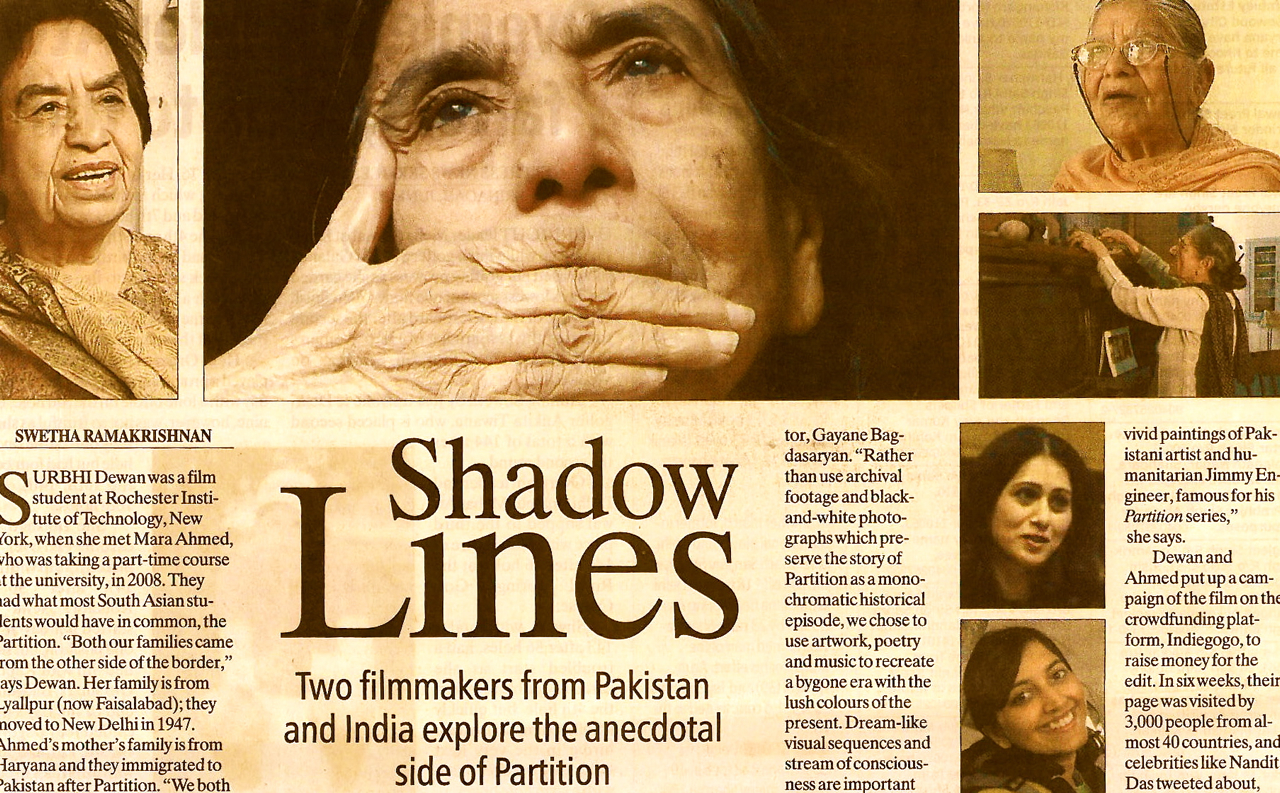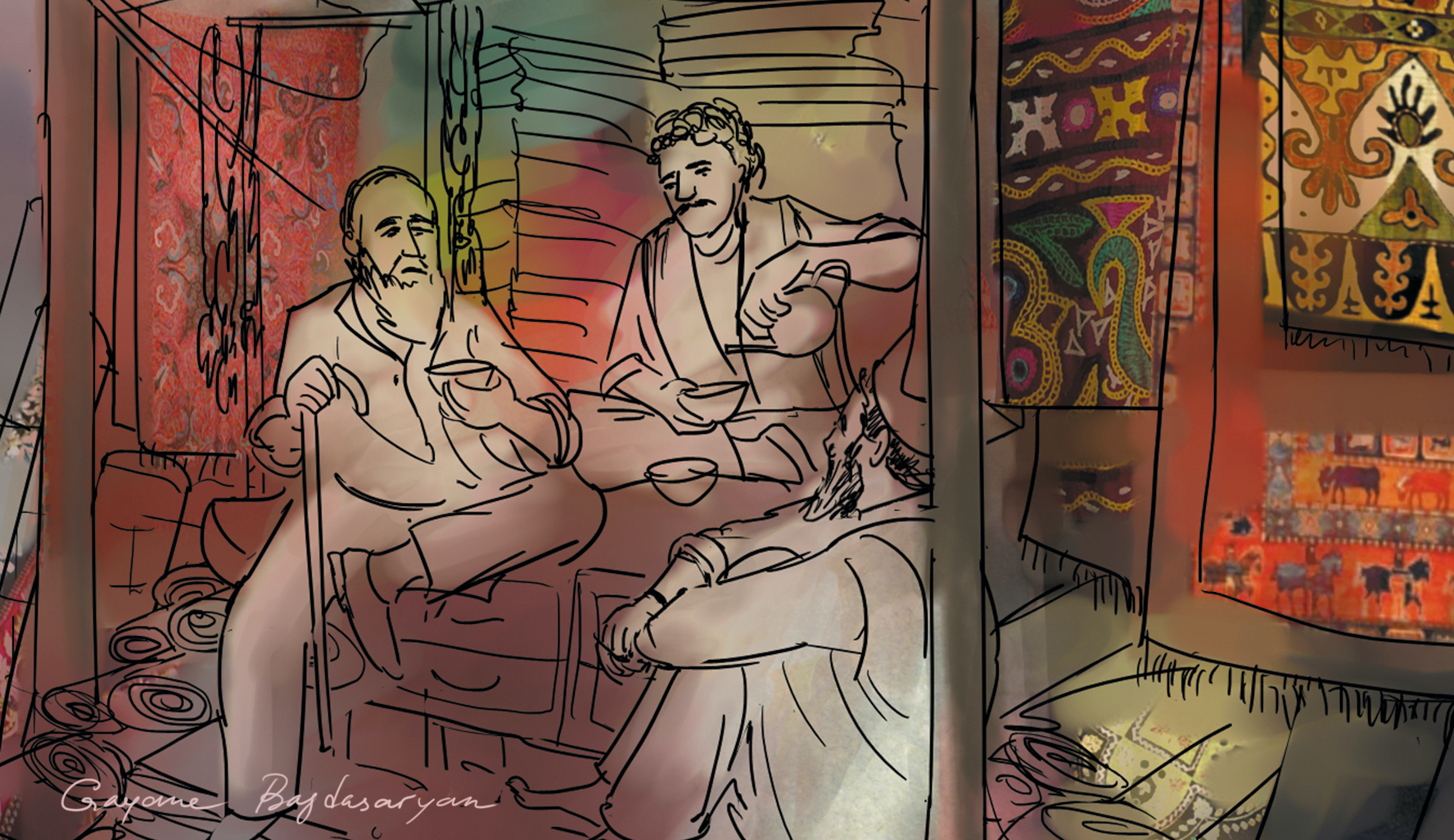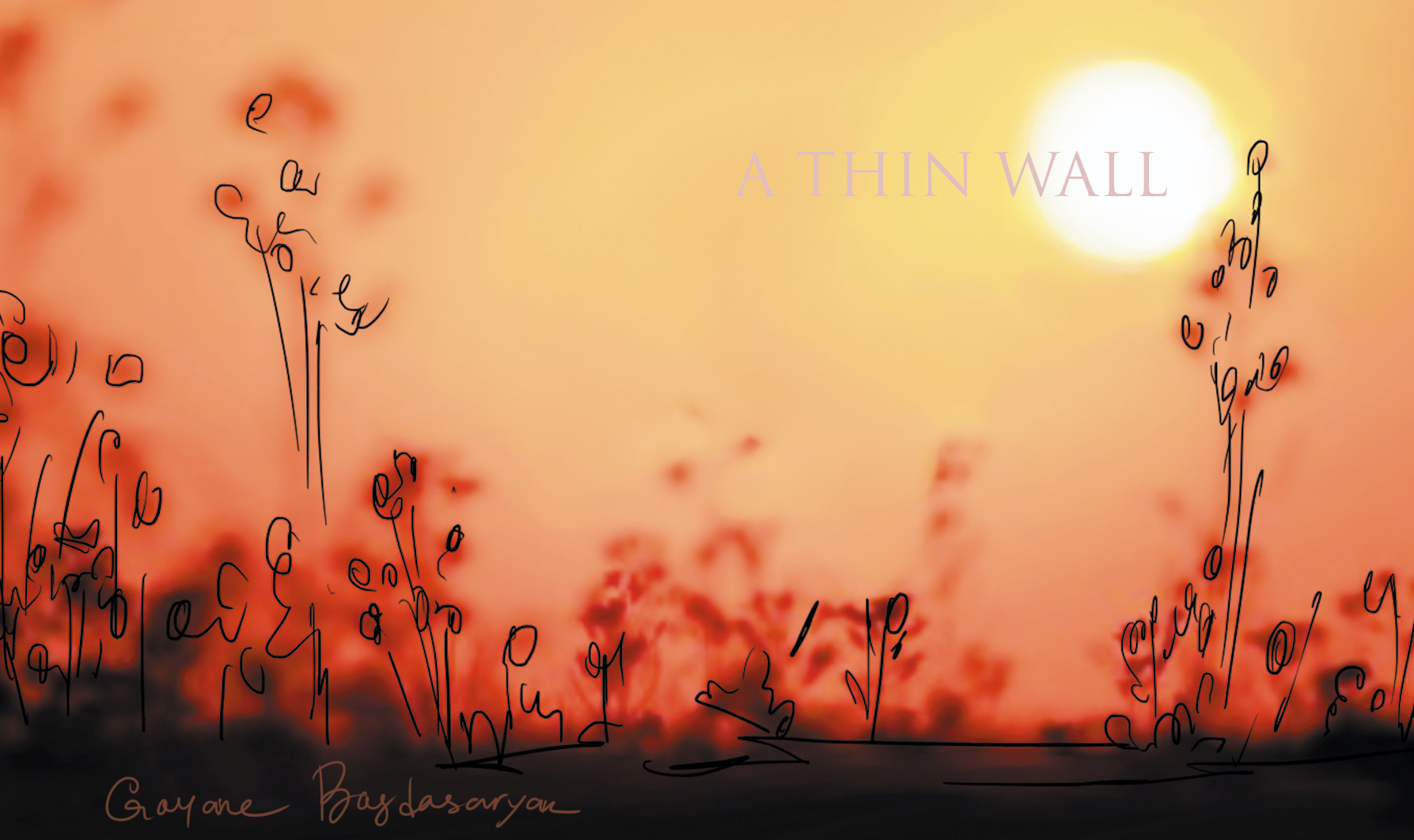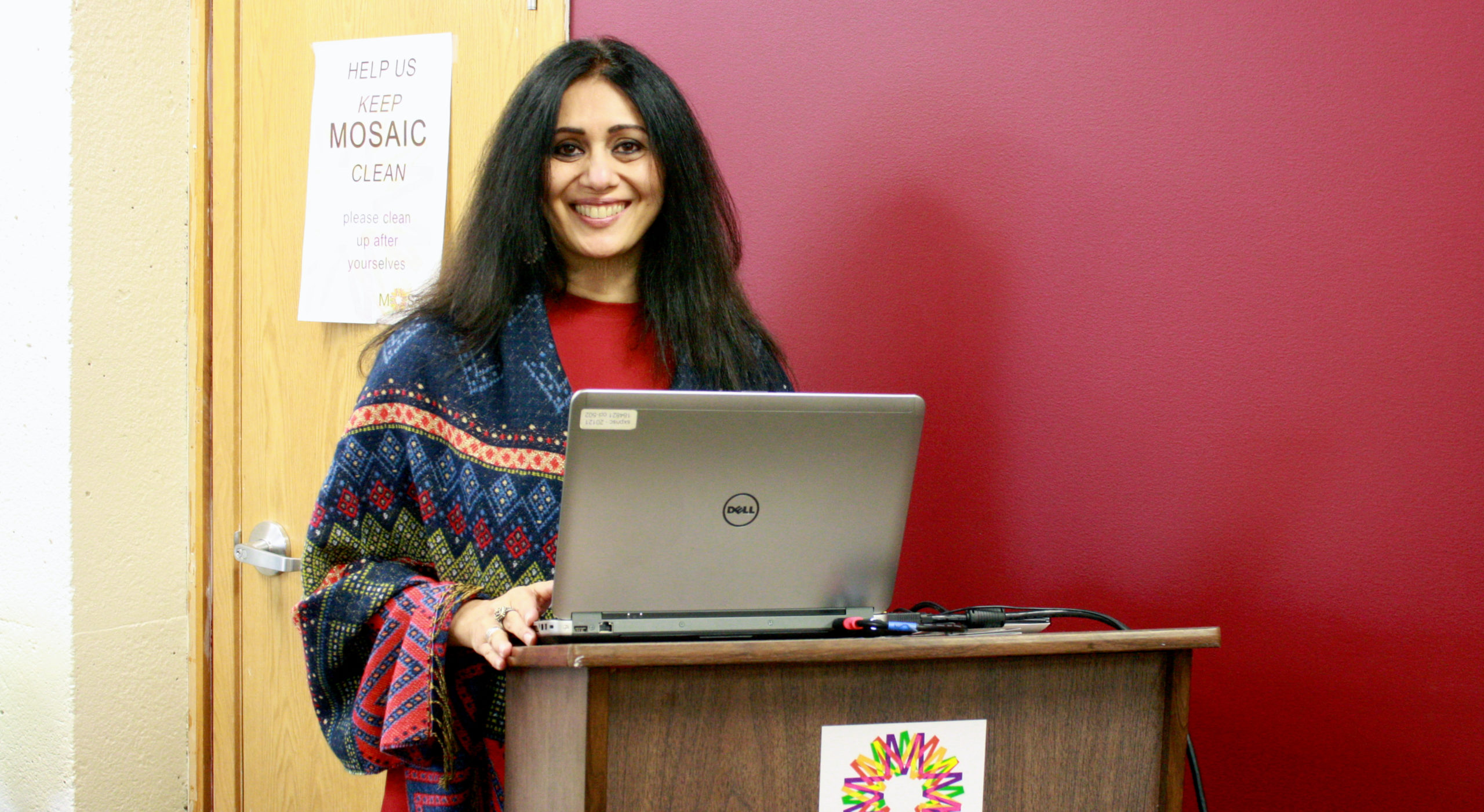Surbhi Dewan was a film student at Rochester Institute of Technology, New York, when she met Mara Ahmed, who was taking a part-time course at the university, in 2008. They had what most South Asian students would have in common, the Partition. “Both our families came from the other side of the border,” says Dewan. Her family is from Lyallpur (now Faisalabad); they moved to New Delhi in 1947.
Ahmed’s mother’s family is from Haryana and they immigrated to Pakistan after Partition. “We both grew up with the same legacy of loss and displacement, yet our perspectives were slightly different. We felt that we were meant to make a film together, one that is shot on both sides of the border,” says Ahmed, the director of the film; Dewan is the co-producer.
This is how Partition Stories was conceptualised. Meant to be an intimate take on the effect of the Partition, they were clear that they wanted to make a personal film. This sentiment is palpable within the first 30 seconds of the trailer. We see Ahmed’s mother flipping through an old photo album filled with portrait shots of her friends.
“We were studying at Government College in Lahore during its centenary celebrations. Many people came from India, including actors, bureaucrats and generals. In their speeches, they spoke of how Lahore is like Paris to them. They loved the city so much,” says Ahmed’s mother, teary-eyed.
Apart from family stories about the journeys, Ahmed and Dewan were interested in their lives before the Partition. “Hindus and Muslims were part of the same community. In fact, a grand-aunt of mine told me that when she was growing up, she had so many Muslim friends in her school, she started calling her mother ammi. She continued to call her ammi for the rest of her life. There was a cultural exchange, and it was all very organic,” says Dewan.
By 2011, the duo were done with interviews in Lahore, Delhi and Rochester. They interspersed the narrative with dream-like illustrations by fellow student, Moscow-based artist and animator, Gayane Bagdasaryan. “Rather than use archival footage and black-and-white photographs which preserve the story of Partition as a monochromatic historical episode, we chose to use artwork, poetry and music to recreate a bygone era with the lush colours of the present. Dream-like visual sequences and stream of consciousness are important stylistic elements of the film,” says Ahmed.
Partition Stories also includes words by British poet John Siddique and Pakistani writer Uzma Aslam Khan, music by Brooklyn-based folk musician Sunny Zaman and piano performances by Ruth Demaree Peck, all of whom have some connection with India or Pakistan. “It will also include the vivid paintings of Pakistani artist and humanitarian Jimmy Engineer, famous for his Partition series,” she says.
Dewan and Ahmed put up a campaign of the film on the crowdfunding platform, Indiegogo, to raise money for the edit. In six weeks, their page was visited by 3,000 people from almost 40 countries, and celebrities like Nandita Das tweeted about, and contributed to, the film.
Partition historian Vazira Zamindar consented to be interviewed and Urvashi Butalia, who has written The Other Side of Silence: Voices From the Partition of India, agreed to let Ahmed quote her work in the documentary. They are currently working on a rough cut of the film, and are looking to release it early next year.





